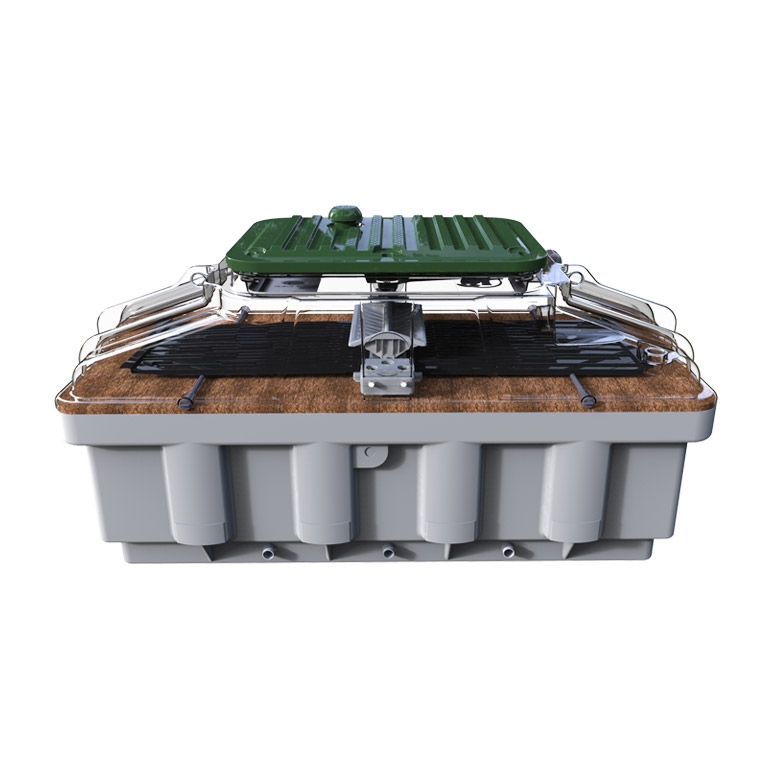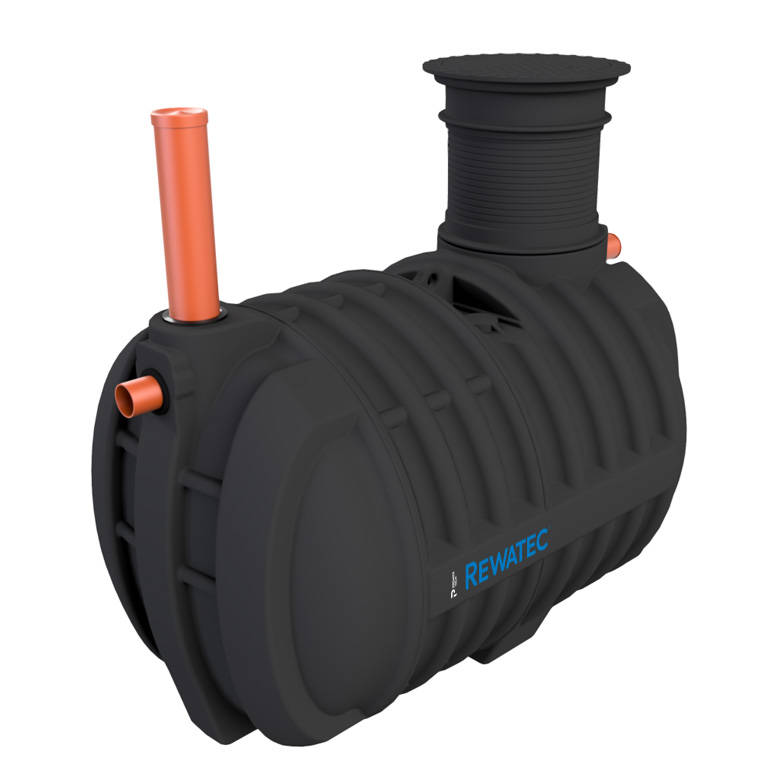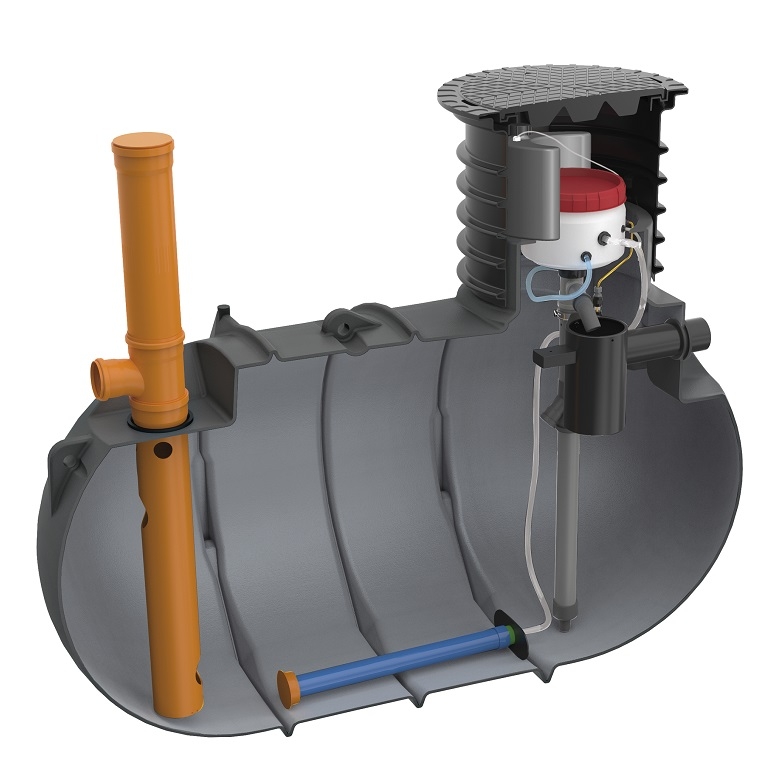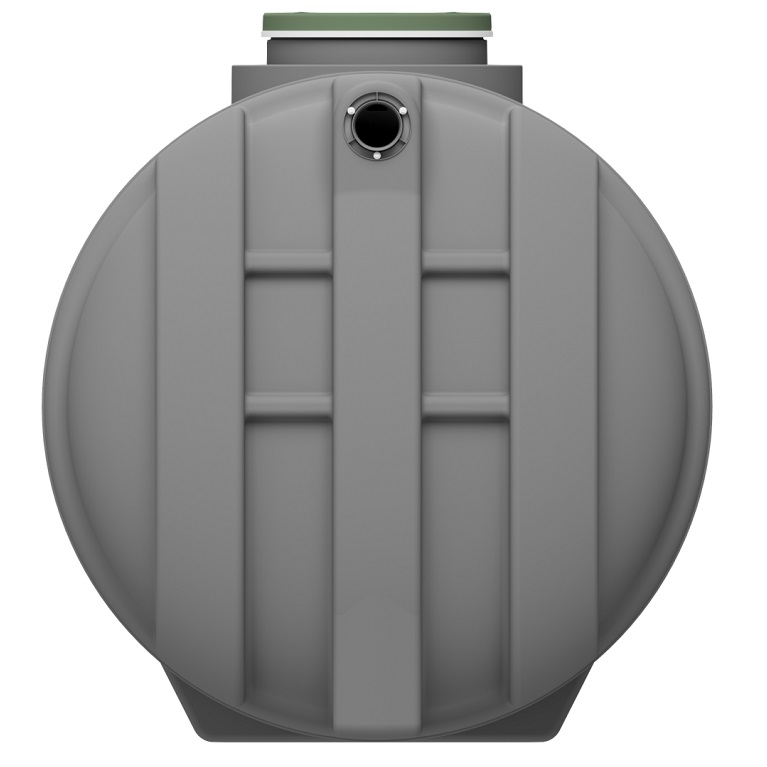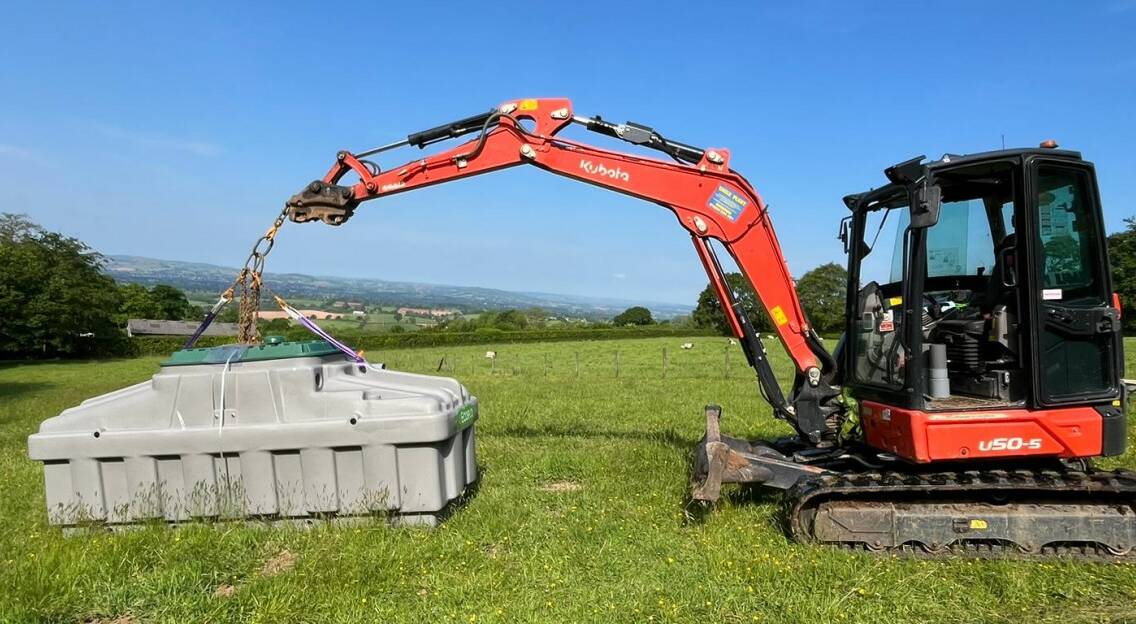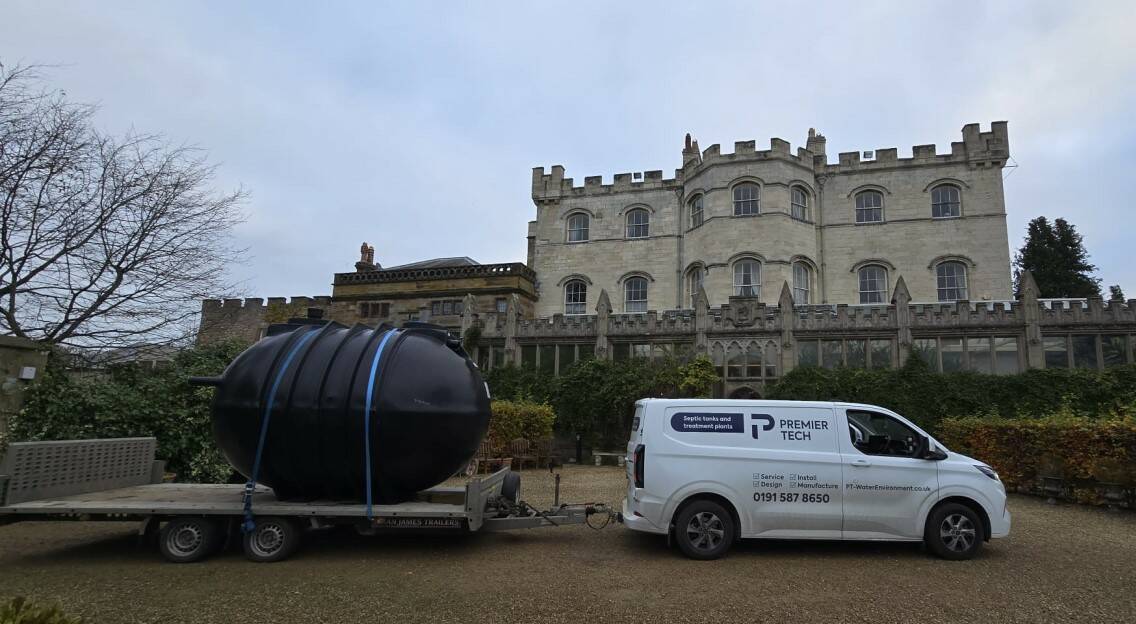How to carry out a percolation test
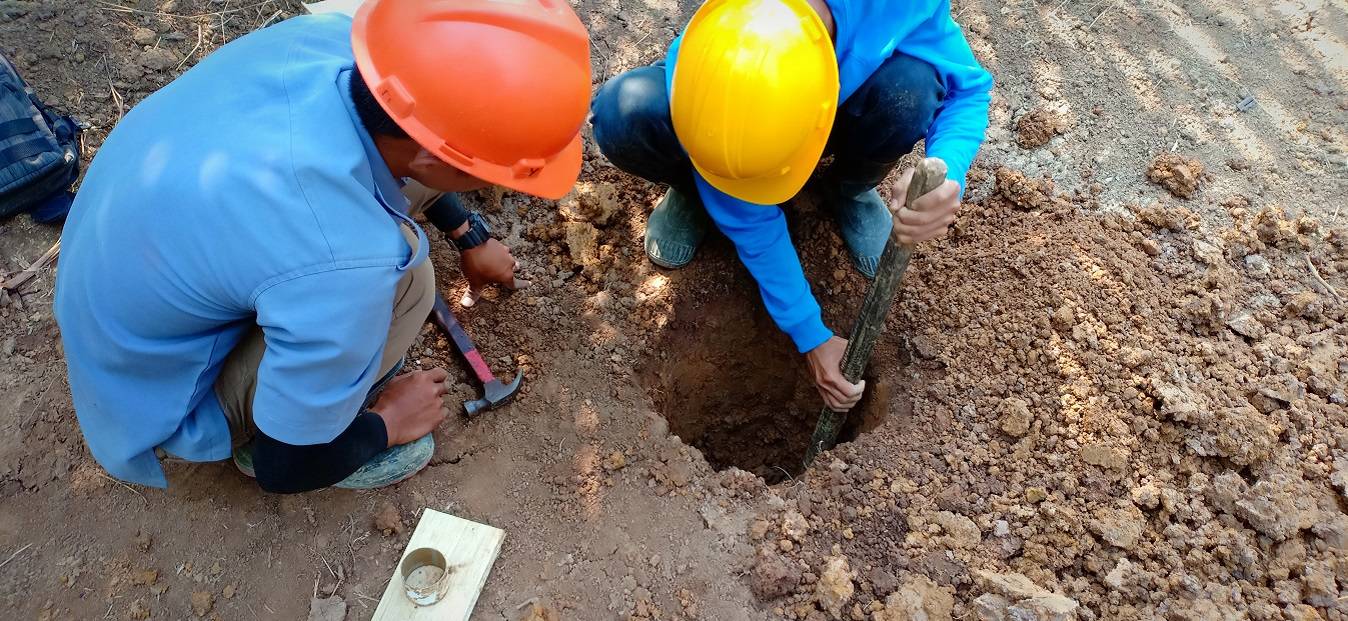
If you have recently purchased a property and are unable to connect to the main sewage network, you may be looking for an off-mains wastewater treatment system.
If this sounds like you and you have any questions relating to the suitability of your ground and soil for discharge, you have come to the right place.
What is a drainage field?
A drainage field, which is an underground infiltration system comprised of perforated pipes, gravel, and soil, is typically installed in conjunction with a septic tank to further remove contaminants and impurities before the final effluent is discharged to the ground.
Smaller drainage fields can also be installed with more advanced sewage treatment plants, if the treated effluent cannot discharge to a suitable ditch or watercourse.
Before installing a septic tank or sewage treatment plant, it is important to understand the permeability of your soil, as this will determine the size and effectiveness of your drainage field. This can be done via a percolation test (perc test).
What is a soil percolation test?
A percolation test is carried out to determine the rate of water absorption into the ground. The test measures how long an amount of water takes to drain away into the soil and provides information about the permeability of the soil.
This is important as it ensures that the ground has sufficient drainage capacity for the amount of water that will disperse from a septic system and drainage field. It also reduces the likelihood of contaminants reaching your water table level (land surface) and water saturating the ground.
When should a percolation test be carried out?
A percolation test must be carried out when your septic tank or sewage treatment plant needs to discharge wastewater to the ground. It should be conducted prior to installing a new septic system and drainage field, or before replacing or upgrading an existing soakaway system.
As per the General Binding Rules for small sewage discharges to the ground, and to adhere to the British Standard BS 6297:2007 code of practice, a percolation test must be carried out to determine the size of the drainage field you require.
What is required before you carry our a percolation test?
Prior to carrying out a percolation test, you need to complete a Groundwater Source Protection Zone search to establish if there are any protected groundwater supplies present in your area (as these zones provide drinking water throughout England).
To determine whether your property resides within the inner zone 1, you can utilise the Magic Maps tool developed by DEFRA. Enter your postcode in the search function and filter by designations, land-based designations, and non-statuary. From here, you can select “Drinking water safeguard zones (groundwater) England”, to see if your proposed drainage field is at risk of polluting groundwater.
Once the above has been established, a Trial Site Assessment Hole (TSAH) to determine the position of your groundwater table is required. This test is also part of the British Standard BS 6297:2007 code of practice.
If you fail to comply with either of the above, then it is not possible to install a drainage field.
How long should a percolation test take?
A percolation test is carried out over two days. On the first day, the test hole is dug and cleared of any debris. It is then saturated with water and left overnight.
The following day, the percolation test should be conducted. This can take up to four hours depending upon your site conditions and the permeability of your soil.
When doing a percolation test, it is important to keep in mind that unusual weather circumstances, such as intense rain or snow, can affect your regular groundwater level.
If you conduct a percolation test during a generally "wet" month, you'll probably get the worst-case result. The advantage of this is that you will be accounting for the higher water table and won't usually need to oversize your drainage system.
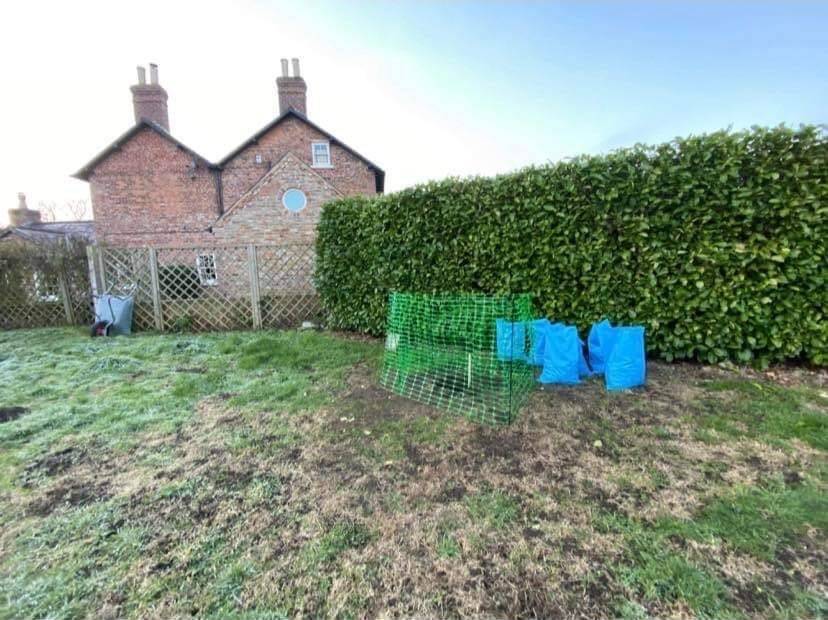
How to do a percolation test
- Step 1
Excavate the percolation hole. The hole should be 300mm x 300mm wide and be 300mm below the proposed invert level of the septic tank / sewage treatment plant outlet pipe. For example, if the septic tank / sewage treatment plant has an outlet of 700mm, you should dig a hole to a depth of 1,000mm.
- Step 2
After clearing the hole of loose debris, fill the hole up to 300mm deep with water and leave it to seep away overnight.
- Step 3
The following day, refill the test hole with water, again up to a minimum depth of 300mm. Observe how quickly the water seeps away. When the water level drops to approximately 225mm start timing in seconds to see how long it takes for the water level to reach 75mm.
What comes next?
Following the steps above gives you the time it has taken for the water level to drop by 150mm. Divide this number by 150 to determine the length of time it takes for the water level to drop to 1mm. This is your VP (percolation value) number.
Example:
- It takes 90 minutes for your water level to drop by 150mm
- 90 minutes × 60 = 5,400 seconds
- 5,400 / 150 = 36
- VP number = 36
The steps above should be carried out three times per test hole.
What is a good percolation test result?
A VP number between 15 – 100 is required to allow effluent to infiltrate the soil. The percolation rate should be slow enough to ensure that the effluent is sufficiently treated before reaching the ground, but also quick enough to ensure that it drains into the ground before the system backs up.
Failed percolation test — what are the options?
If the percolation test fails, it means that the soil does not have a good level of permeability. As such, a septic tank / sewage treatment plant and drainage field would not be suitable for your property.
As an alternative, you could look to install a small sewage treatment plant and discharge the effluent into a ditch or a watercourse (if available).
Who can do a percolation test?
Percolation tests can be carried out by a variety of professionals; however if you are considering conducting a percolation test on your property, it is always best to consult with an industry expert to ensure that the test is being conducted correctly and the results are being interpreted accurately.
How much does a percolation test cost?
A percolation test using specialised equipment typically costs between £350 and £500.
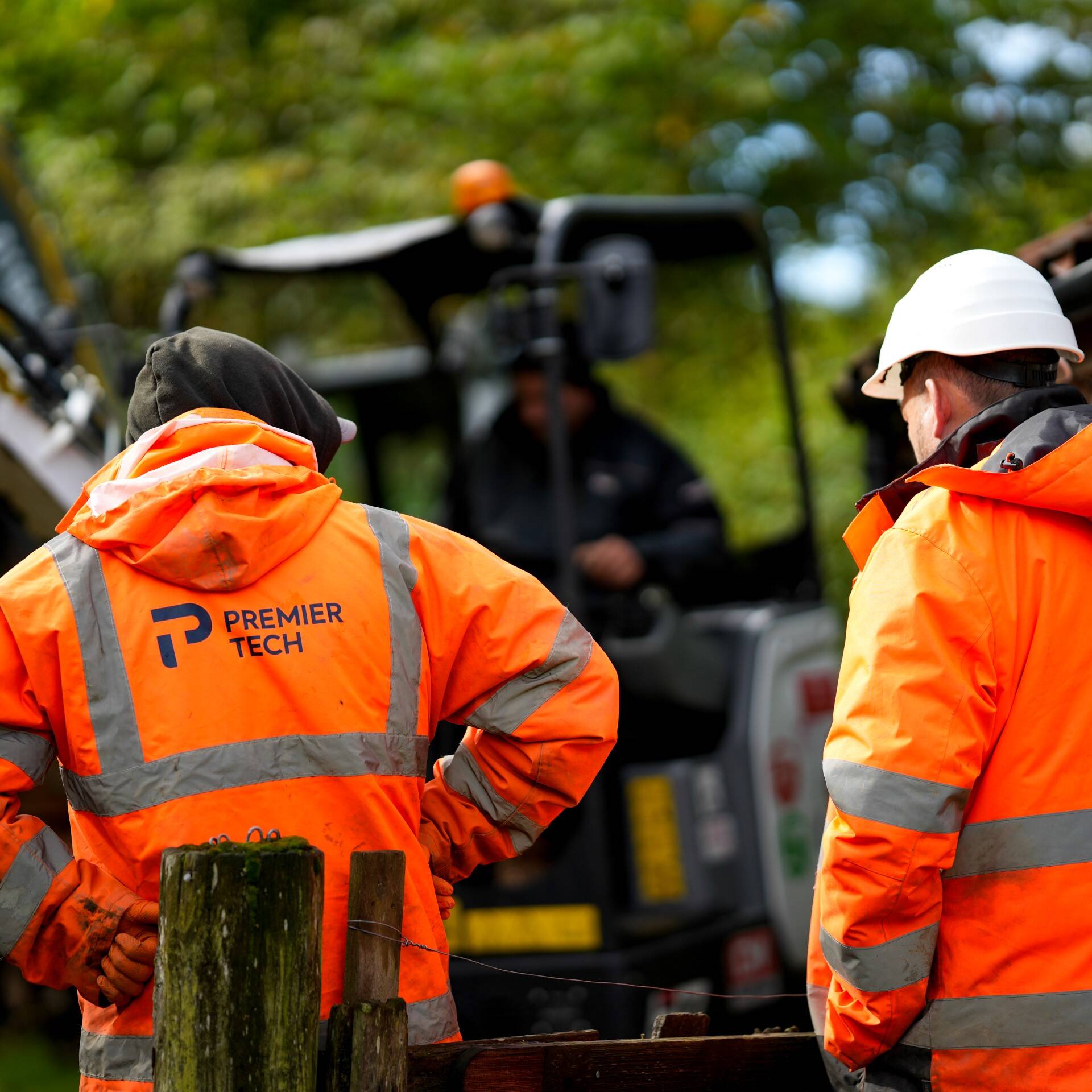
Need a soil percolation test?
We provide professional soil tests to determine the right septic system for your property.
Send us a few quick details and we'll help you schedule a visit from one of our technicians.
